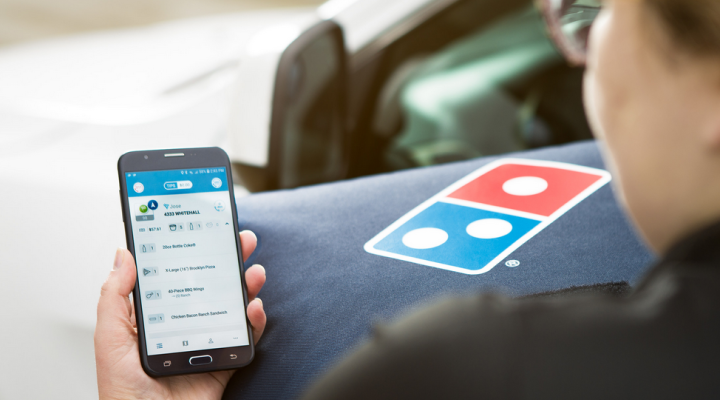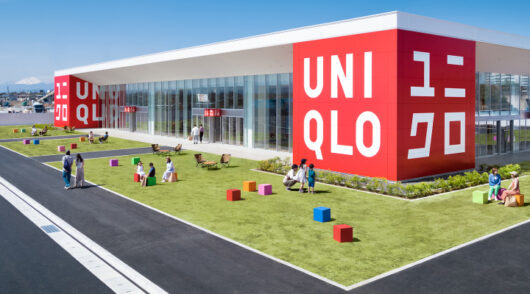The fast food industry has been well-placed to survive the pandemic, indeed some franchised brands have reported solid trade as house-bound Aussies turn to deliveries and takeaways.
In August 2021, the New Zealand-based Restaurant Brands reported its Australian operations grew 24.1 per cent during the half-year to June 2021, to NZ$117 million ($107.1 million) in sales, and $5.3 million in and operating profit rose 106 per cent, to NZ$5.3 million.
KFC Australia master franchisee Collins Foods reported FY22 half-year revenue up 4.4 per cent, to $433.7 million, for the brand. The business revealed in its half-year results it was on track for nine to 12 new restaurants in FY22, with at least 55 new restaurants planned by 2028.
Also in Collins Foods’ portfolio, Taco Bell Australia reported a rise in revenue by 33 per cent to $14.8 million, reflecting additional income from five new restaurants. Perhaps inevitably, this brand suffered from variability in performance that comes with a fledgling business, with a same store sales decline of 11.2 per cent. Covid-19 trading restrictions in Victoria have had an effect, too.
Crust and Pizza Capers, two pizza brands under parent company Retail Food Group, achieved same-store sales growth of 6.8 per cent, during the 2021 financial year. The lift was boosted by promotional value propositions; for instance, Crust’s first plant-based protein range helped drive a 7.7 per cent increase in its same-store sales.
At Domino’s, network sales grew by 6.4 per cent, to $689.6 million. This international company holds the master franchise rights for the pizza brand in Australia, New Zealand, Belgium, France, the Netherlands, Japan, Germany, Luxembourg, Denmark and Taiwan. In the first half of FY22, a further 285 stores were added to the network, although only three of these were in Australia. Also in Australia, 19 corporate stores were refranchised to existing store managers and franchisees.
Same store sales growth this year is expected to be slightly below its target range of 3-6 per cent.
For McDonald’s, international sales were positive, thanks to strong operating performance and minimal restaurant closures due to Covid-19. But the global business reported in its full- year 2021 results in January this year that it was outlets in France, the UK, Italy and Germany that delivered the results, while Australia saw relatively flat comparable sales because of the impact of Covid restrictions.
McDonald’s indicated in the report the brand’s future would continue to be shaped around three pillars: digital, delivery and drive-through.

Aussies love food to go
According to the most recent research from Roy Morgan, published in 2021, 15.9 million Australians aged over 14 ate takeaway food in an average four weeks during 2020, a significant increase on 2019, when there were 13.3 million (63.7 per cent) consumers of fast food outlets; locked down Aussies embraced online ordering and delivery.
Domino’s CEO Don Meij said in October 2021 online ordering had been a standout for the company, its OneDigital platform boosting digital ordering to a record 78.2 per cent.
Roy Morgan ranked the top 10 fast food chains with at least 1 million Australian customers buying food in an average four weeks. And no surprise, McDonald’s topped the bill with 8.12 million customers.
Who’s chowing down on fast food?
Perhaps surprisingly, it’s the 25- to 40-year-old Millennials who are consuming at the big three – McDonald’s, KFC and Hungry Jack’s – only just ahead of the younger Generation Z, according to Roy Morgan.
Figures from IBISWorld, though, show no surprises. Australians’ consumption of fast food declines with age, with teenagers and young adults the prime market.
How much fat is in that?
Increasing health consciousness among the Australian population means traditional fast food chains may find growth constrained as consumers seek what they perceive to be healthier options.
So premium products become the focus for lifting revenue, and because of their profit margins, will in turn boost profitability.
IBISWorld’s report, Fast Food and Takeaway Food Services in Australia, (March 2022) points to menu innovation – think low-fat or low-sugar items – as a determining factor in success over the next five years.
The development of new ranges also aligns with concern over animal welfare and sustainability, which IBISWorld suggests will cause more fast food operators to introduce meat alternatives and plant-based foods.
Queue for quality
IBISWorld projects increased competition will come from upgraded offers at supermarkets (expanding their prepared meal ranges), restaurants and cafes.
The perception that traditional lunchtime bites such as sandwiches and wraps are healthier options than similarly priced fast food is likely to be fostered by cafes that will target this trade.
Restaurants, which shifted their focus to takeaway to stay open during the pandemic, are expected to continue maximising sales through delivery and pick-up meal options.
This article was originally published in Inside Franchise Business






